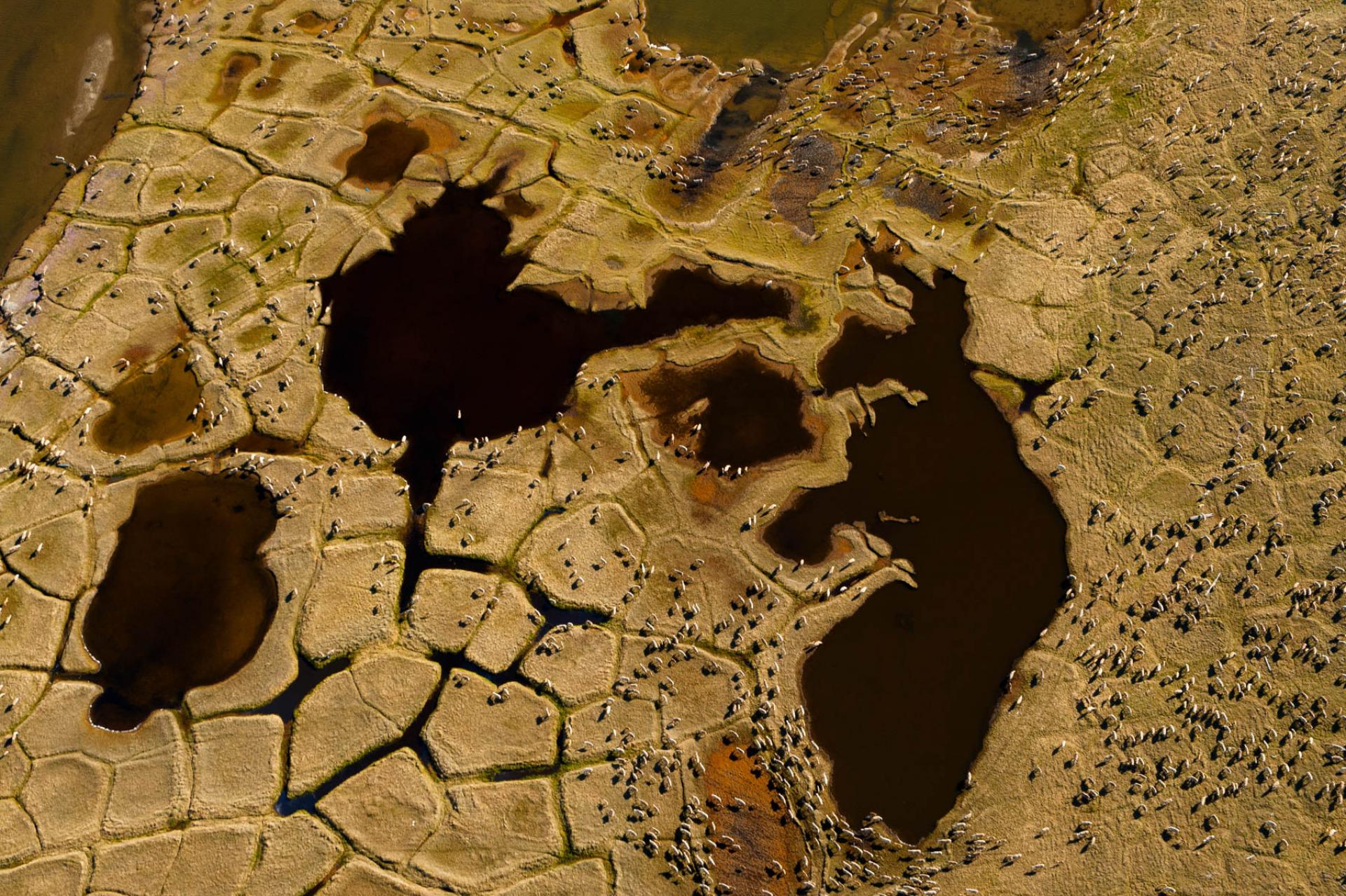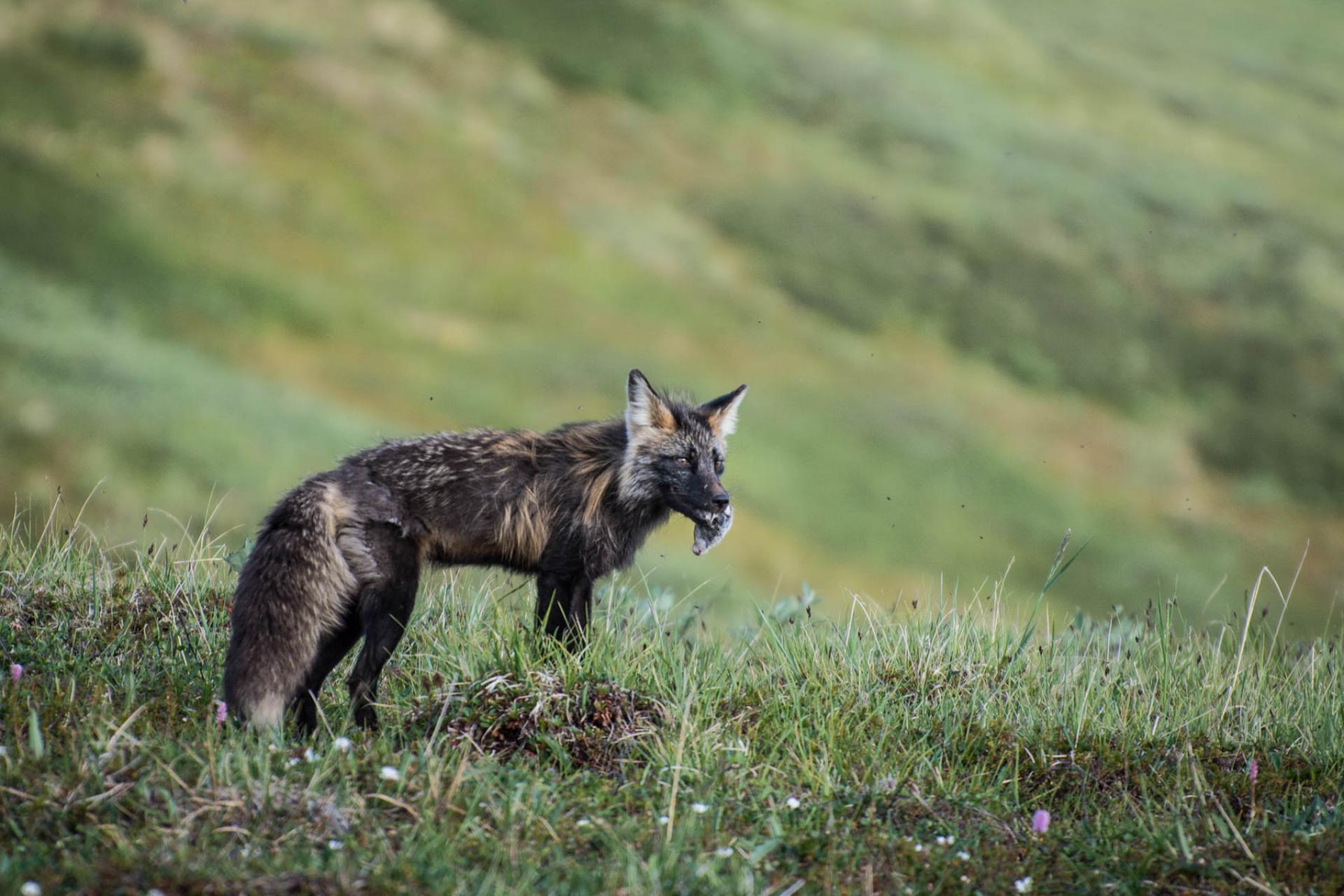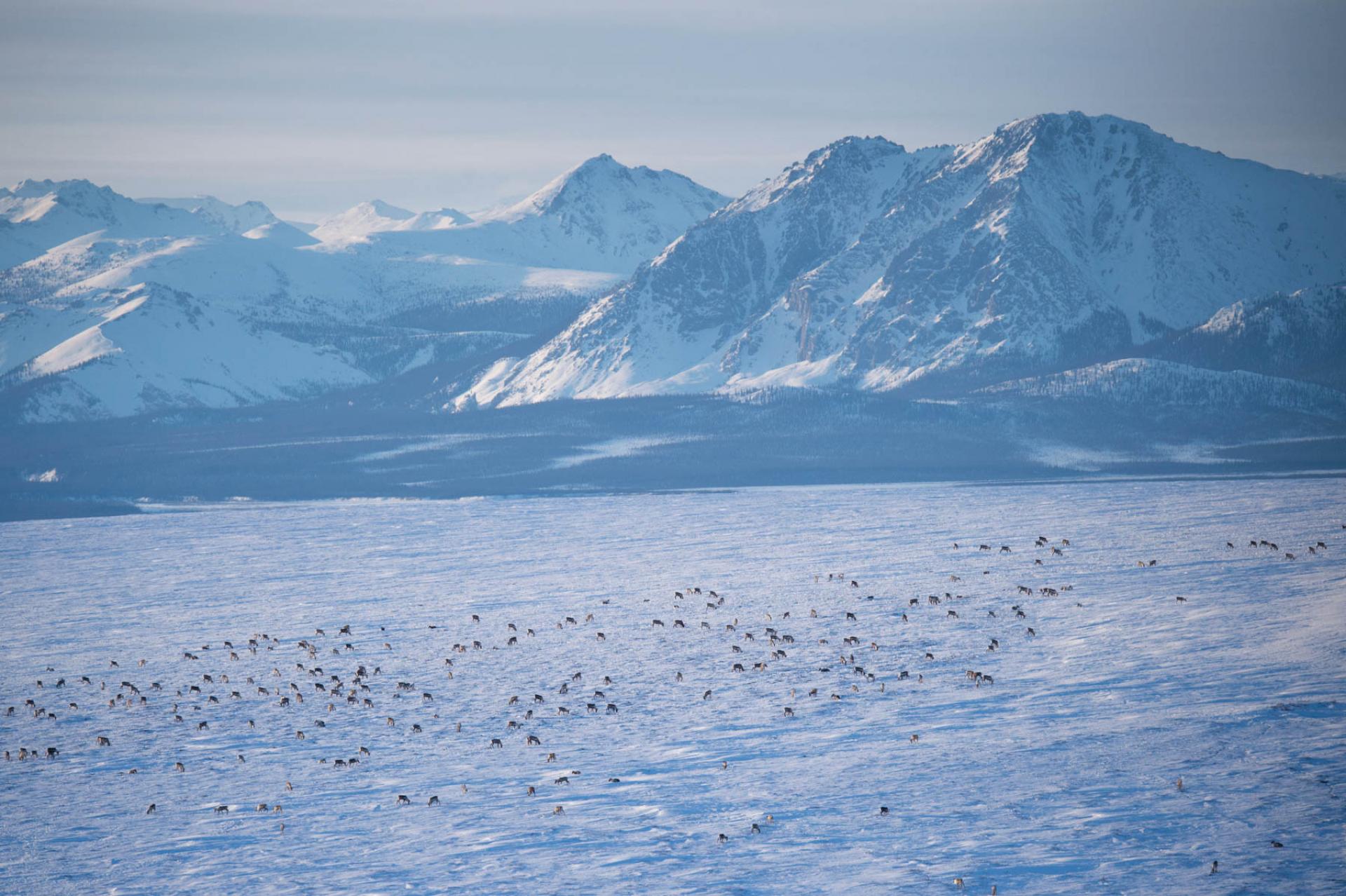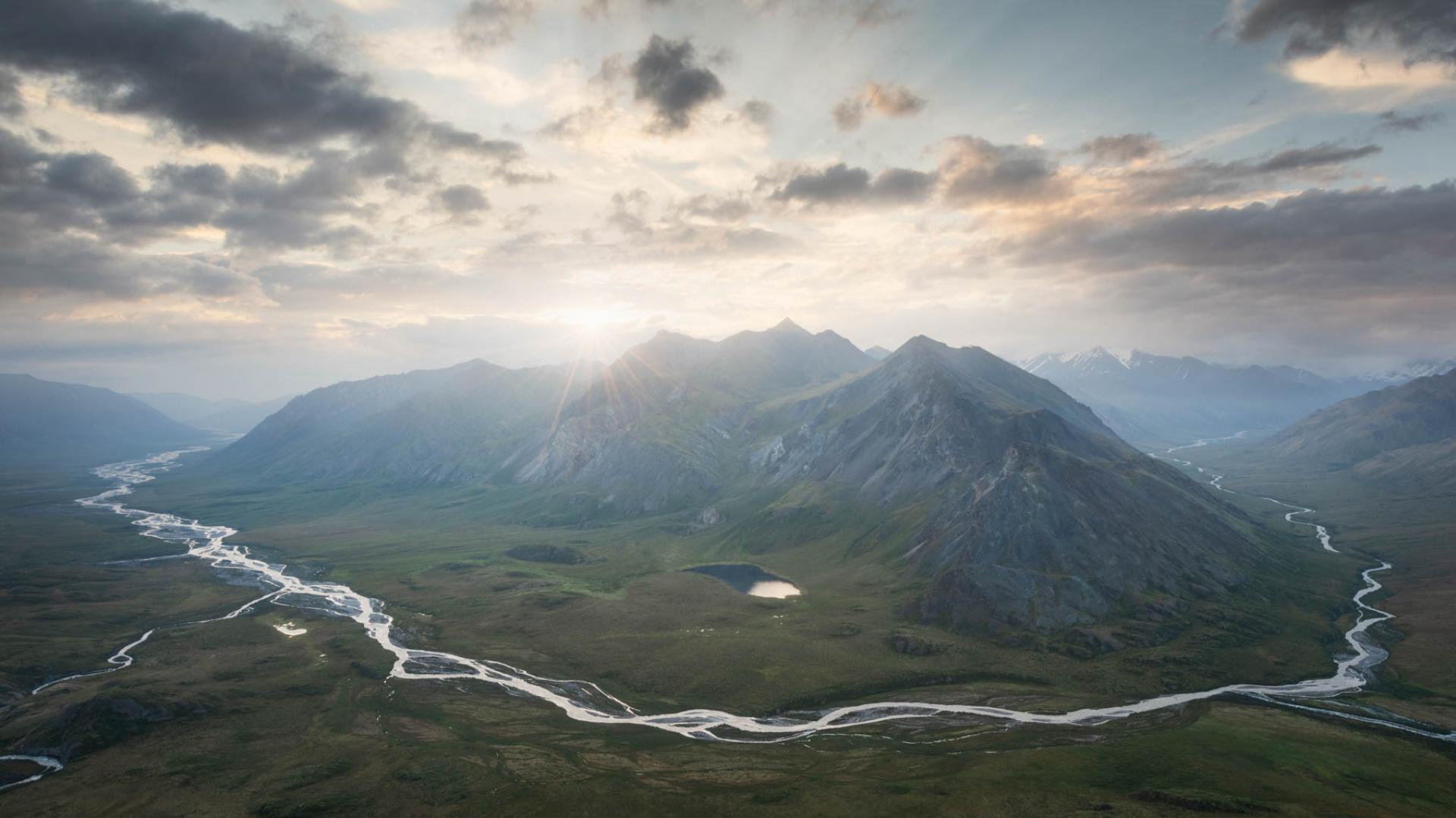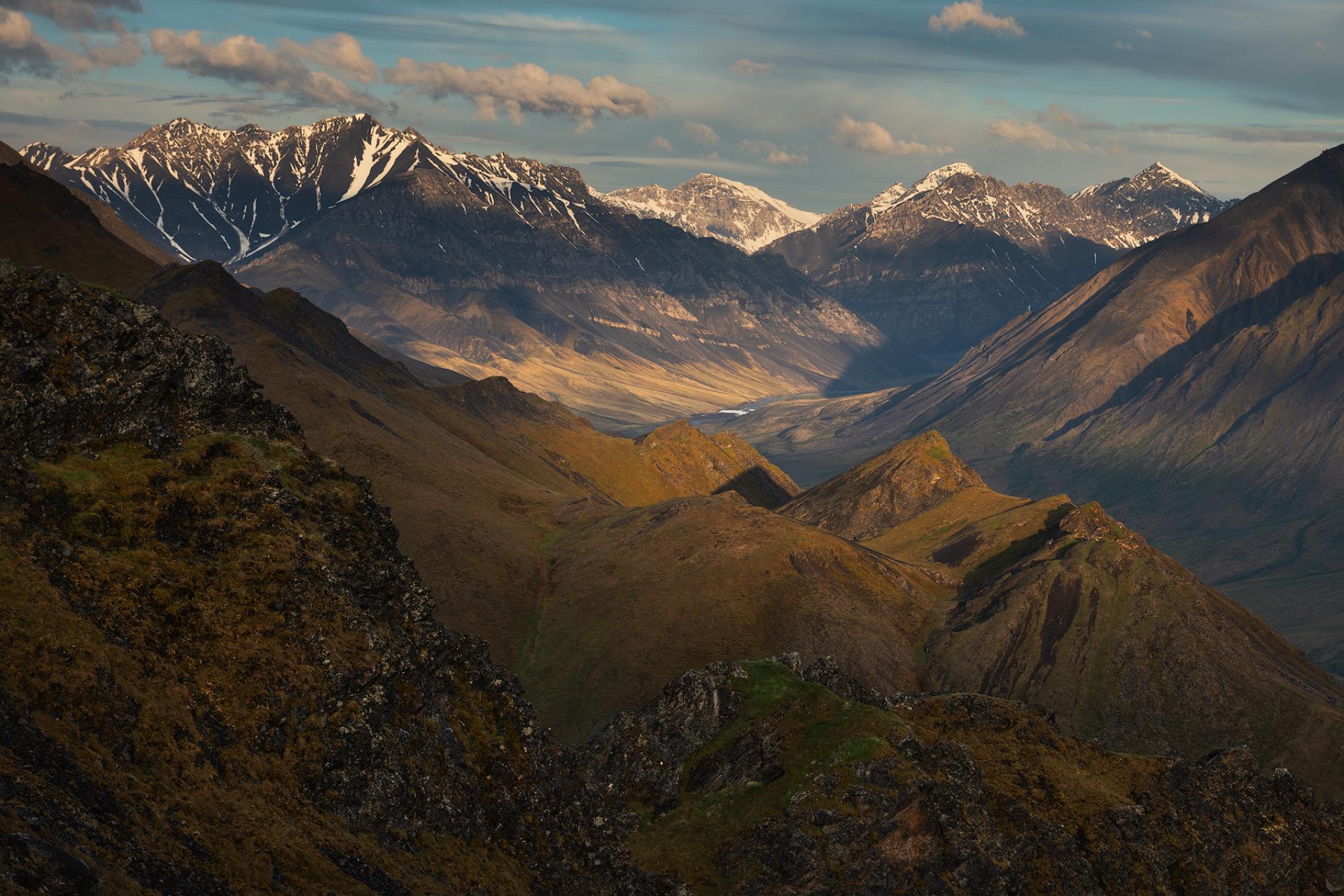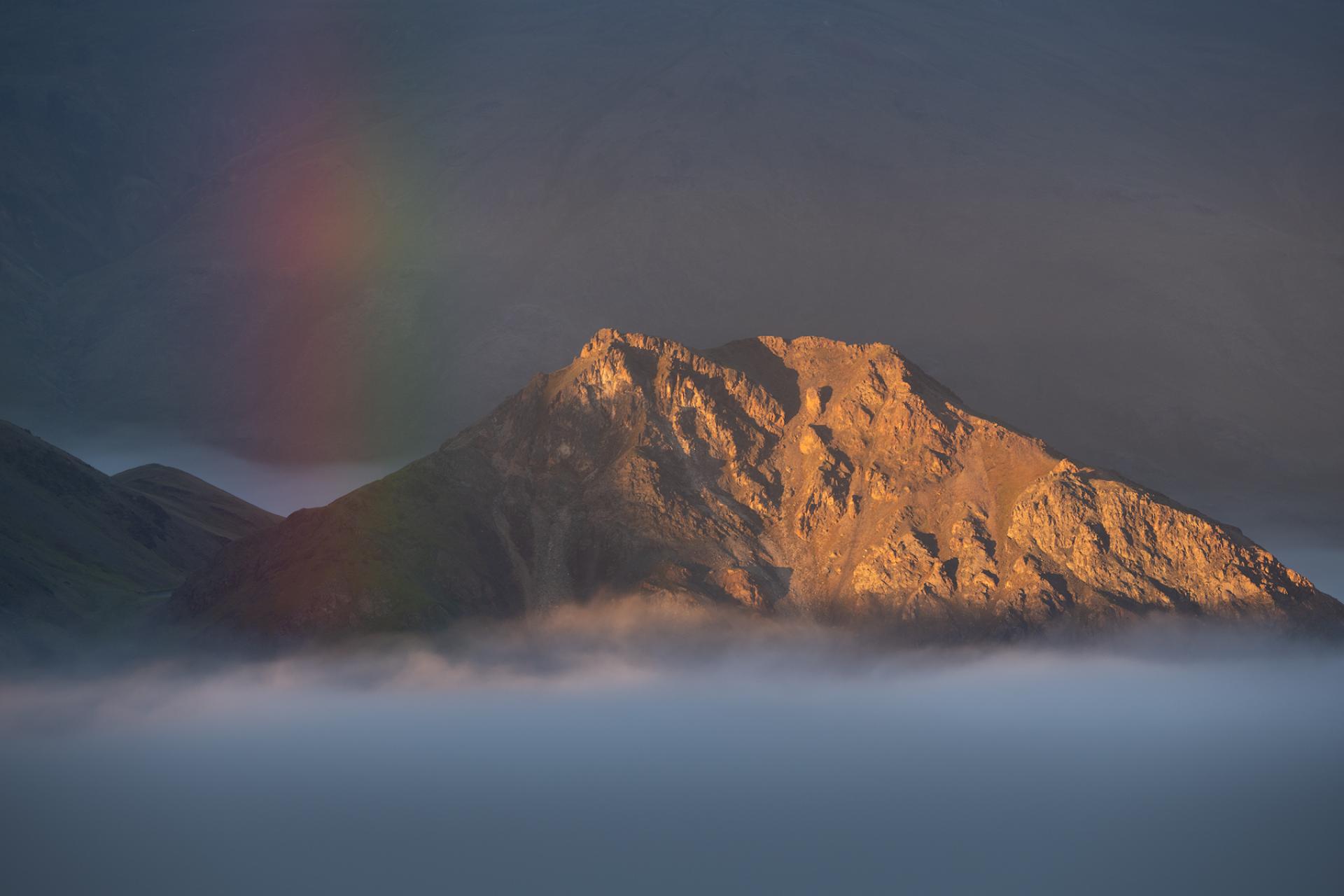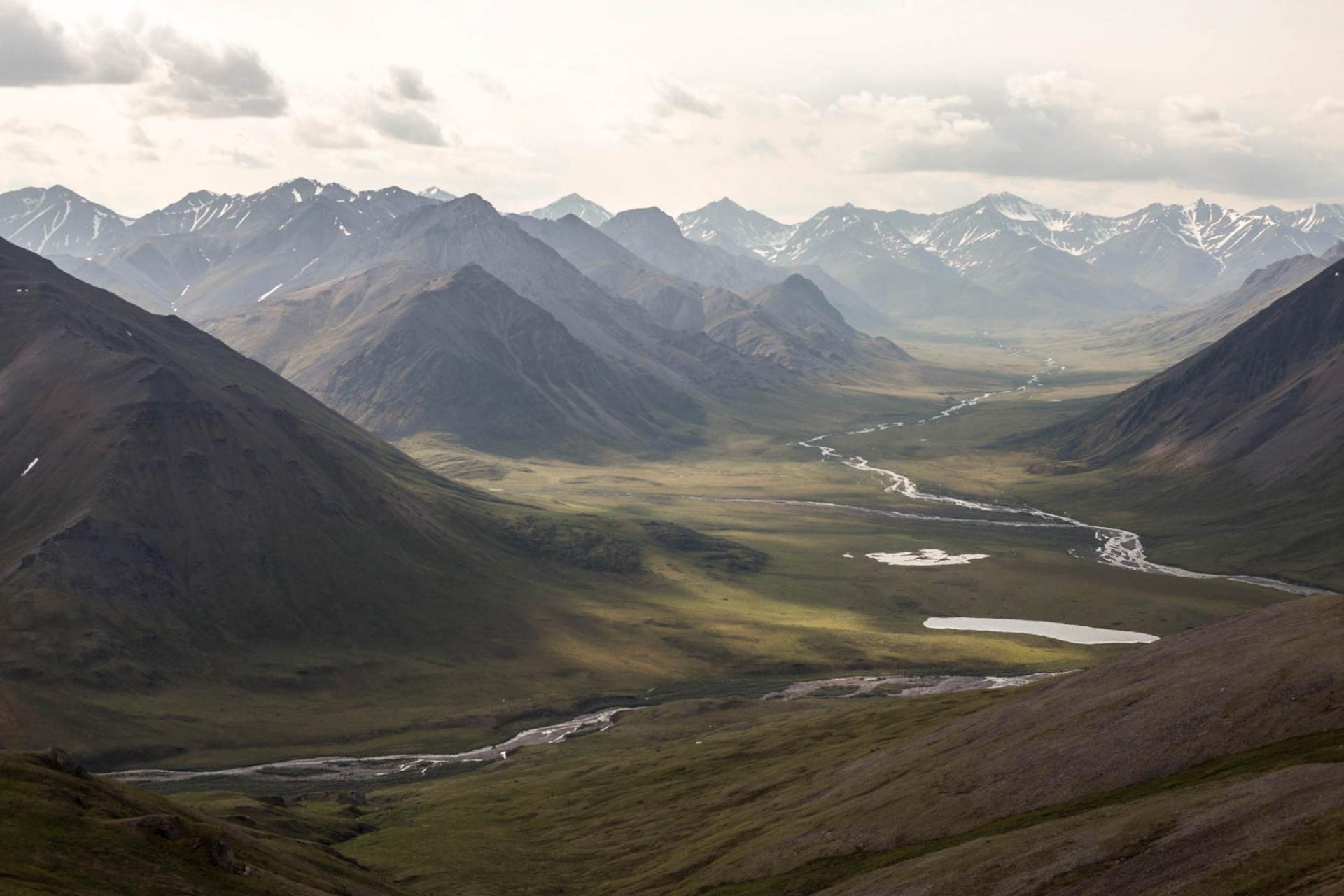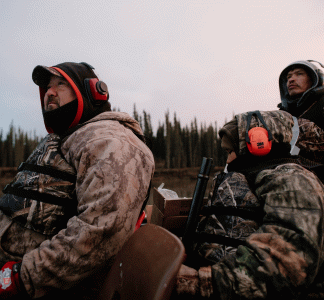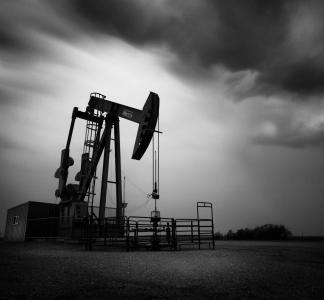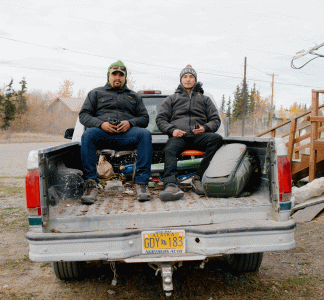Oil Drilling: Arctic National Wildlife Refuge
Mason Cummings, TWS
America’s wildest place on the edge of destruction
It's no wonder that the Arctic National Wildlife Refuge is called the crown jewel of our national refuge system. The Arctic Refuge is the only one where you’ll find polar bears hunting on sea ice and the thunderous, annual migration of the Porcupine Caribou Herd, which sustains the communities and ways of life for the Indigenous Gwich’in and Iñupiat peoples who have deep and ancient connections to this land.
Our Indigenous partners strongly oppose efforts to drill for oil in the Arctic Refuge, because the resulting environmental damage would alter caribou migration and calving activities, putting communities and traditional ways of life at risk.
This vast refuge of coastal lands, boreal forests and alpine tundra supports an exceptional array of wildlife from musk oxen and Arctic fox to all three types of North American bear species and hundreds of bird species. It is one of the finest and largest intact landscapes left on Earth.
Such an exceptional place cannot sustain human activity on an industrial scale, and yet the refuge is threatened by oil and gas development after being opened to oil and gas leasing by a provision in the 2017 Tax Cuts and Jobs Act. If oil companies were allowed to drill on the refuge’s sensitive coastal plain, which is the calving grounds of the Porcupine Caribou Herd, this essential landscape would be lost forever.
The refuge is one of the world’s last places free from development. The health of our global climate, as well as Arctic species such as polar bears and caribou, depends on us standing with Indigenous communities to protect it.
The threat
For decades, oil and gas interests and their friends in Congress fought to open the Arctic Refuge to oil and gas development. In 2017, they gained significant ground. That year, Congress passed a backdoor provision in the Tax Cuts and Jobs Act that allowed the Trump administration to begin the process for leasing vulnerable refuge lands to oil companies.
The Arctic Refuge is now facing a pivotal moment. Even as the climate crisis is causing the Arctic to warm at rates higher than any other place on Earth, there is mounting political pressure to drill there.
Oil development would bring roads, airstrips, heavy machinery, noise and pollution. This would damage the refuge’s fragile tundra ecosystem and disrupt age-old migration and denning patterns for caribou, polar bears and other animals. It would also contribute to the climate crisis with more oil production in a time when we should be finding alternative approaches to fuel our lives and our economy.
While the threat to the refuge is higher than ever, the fight is not over. Working alongside Indigenous partners, we are making great strides by advocating for permanent protection of this special place, going to court against the administration, successfully applying pressure on major banks to reject financing for drilling, and building a huge base of public support.
Through vivid storytelling and sharing of experiences, we are making the Arctic Refuge “real” to people who have never visited it, and helping them understand that it is not some mythical, faraway place, but a real landscape that belongs to everyone and that must be protected in the interest of Indigenous rights and climate protection. We all have a moral obligation to stand up and keep it from being destroyed.
What we're doing
-
Opposing the Arctic drilling program
We’re working to repeal the drilling program put in place by Congress in 2017 and to ensure no leases are issued.
-
Applying corporate pressure
Should the government get away with fast-tracking the steps for drilling, an important arm of our defense is to pressure oil and gas companies not to develop in the Arctic Refuge. Already, pressure from Indigenous activists, the public and organizations including The Wilderness Society have led five of the United States’ six largest banks to announce they will no longer finance oil drilling in the Arctic Refuge.
-
Advocating for permanent protections
We’re advancing national legislation to permanently protect the refuge for generations to come while recognizing its importance to nearby Indigenous communities. In so doing, we will end the threat of drilling once and for all.
